WWII Luftwaffe German Ju-52 Aircraft Wreckage Fragment 2 KIA (Shot Down 2-22-44)
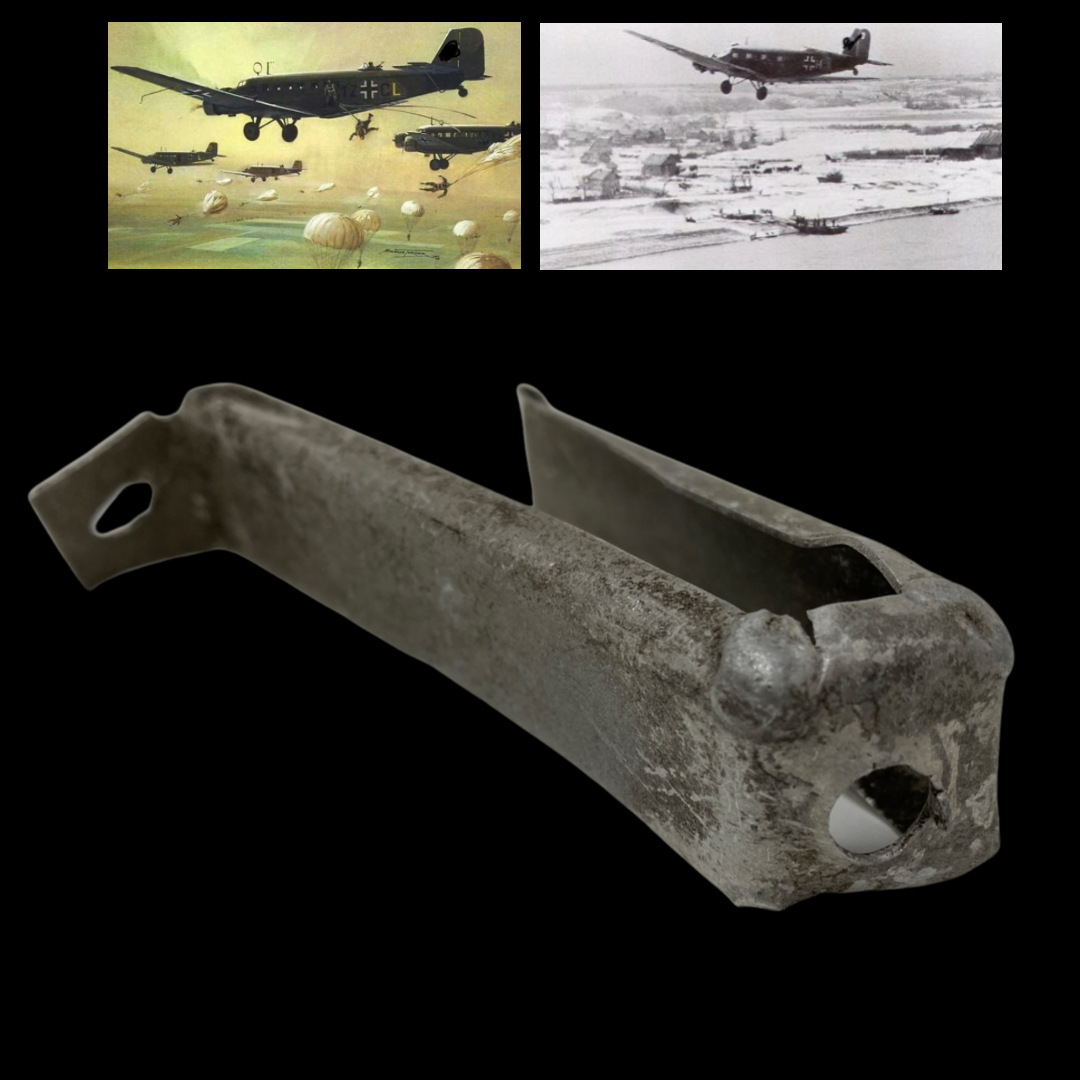

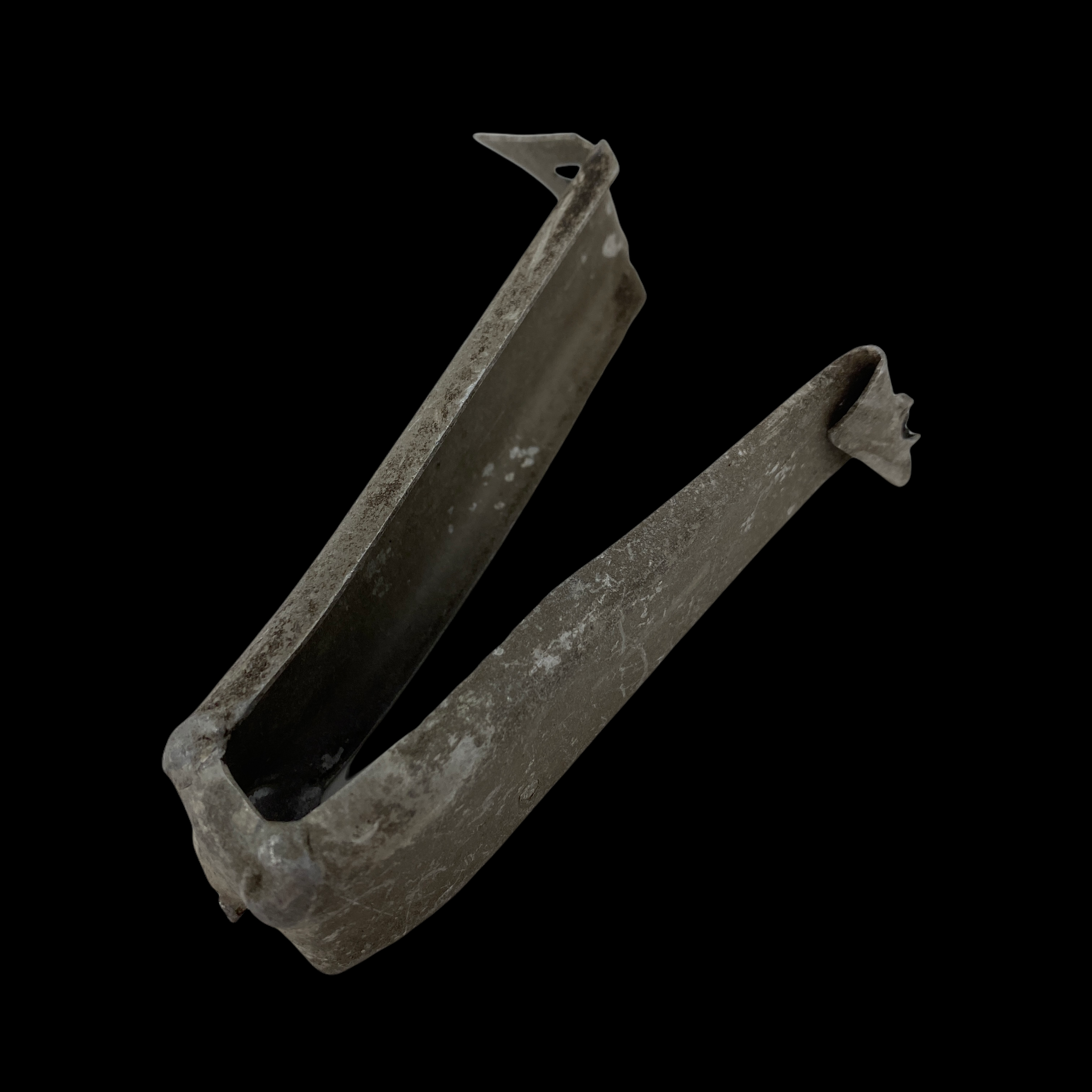
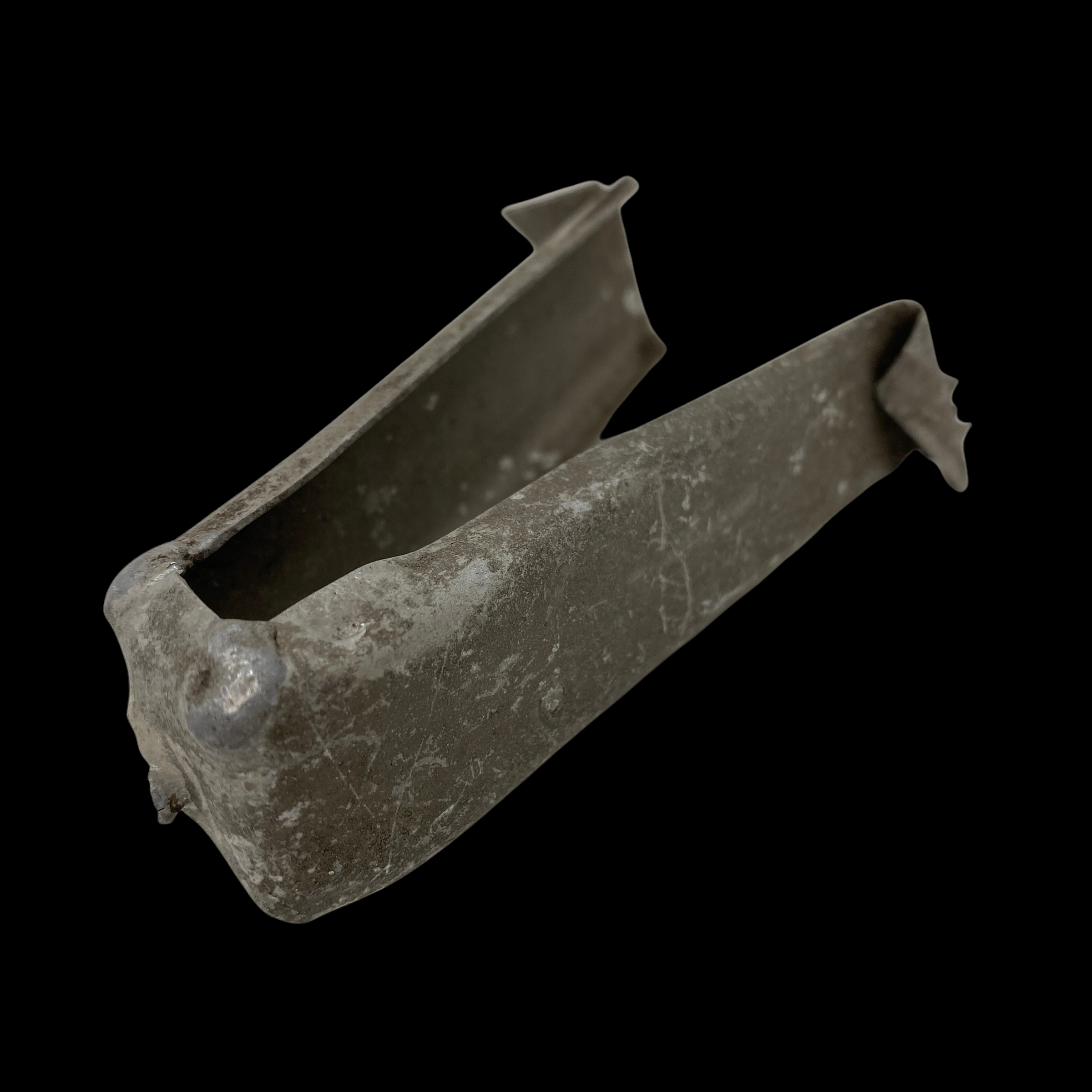
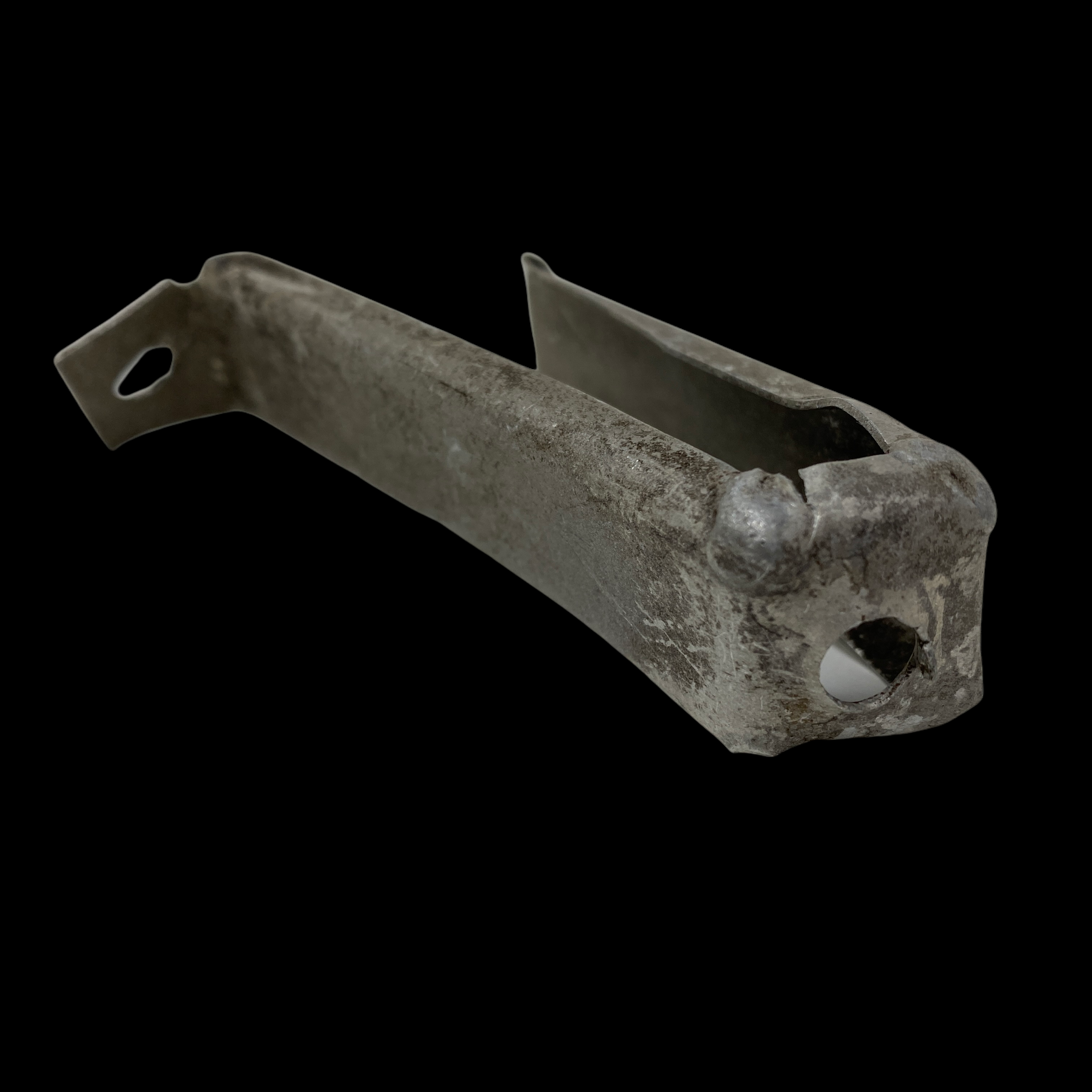
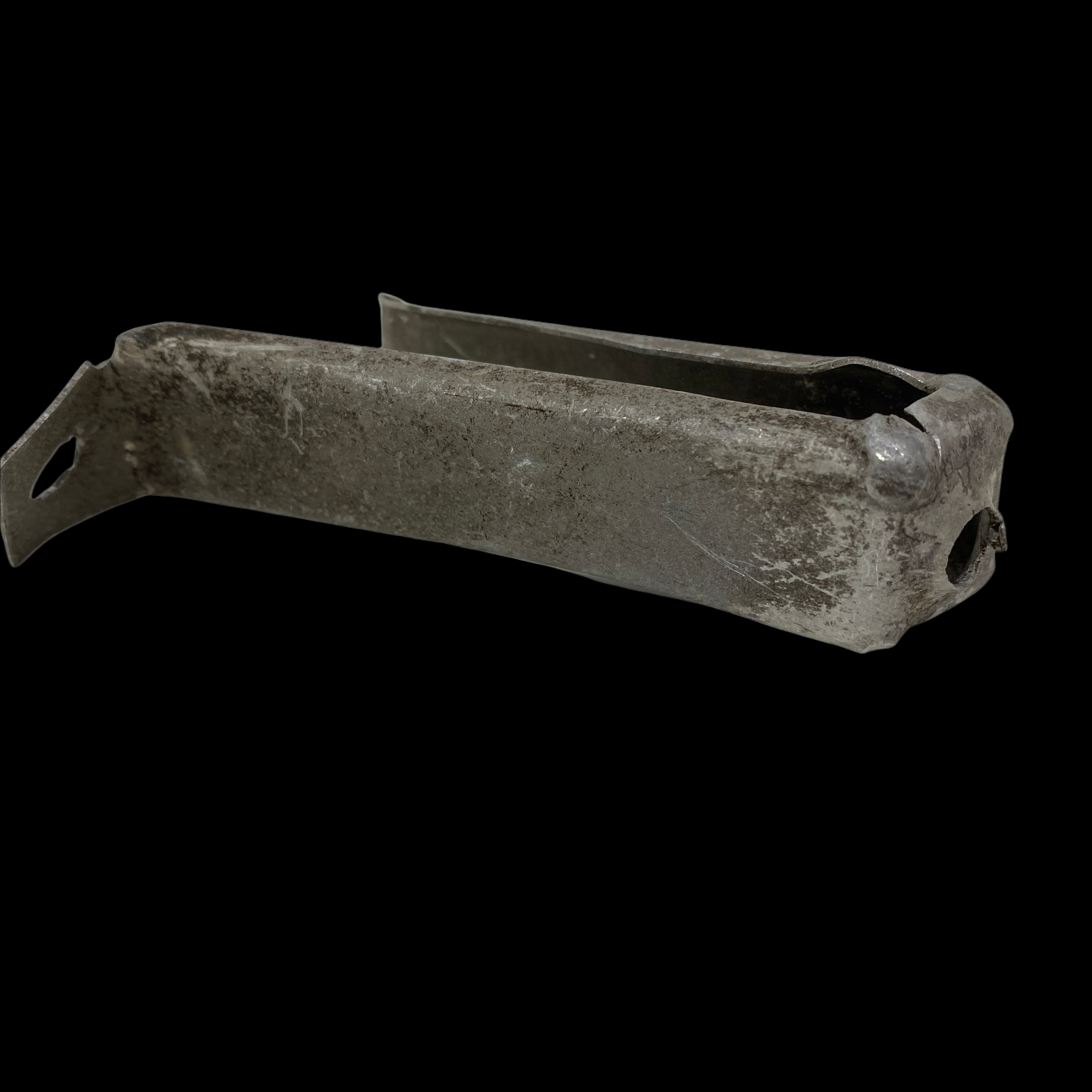
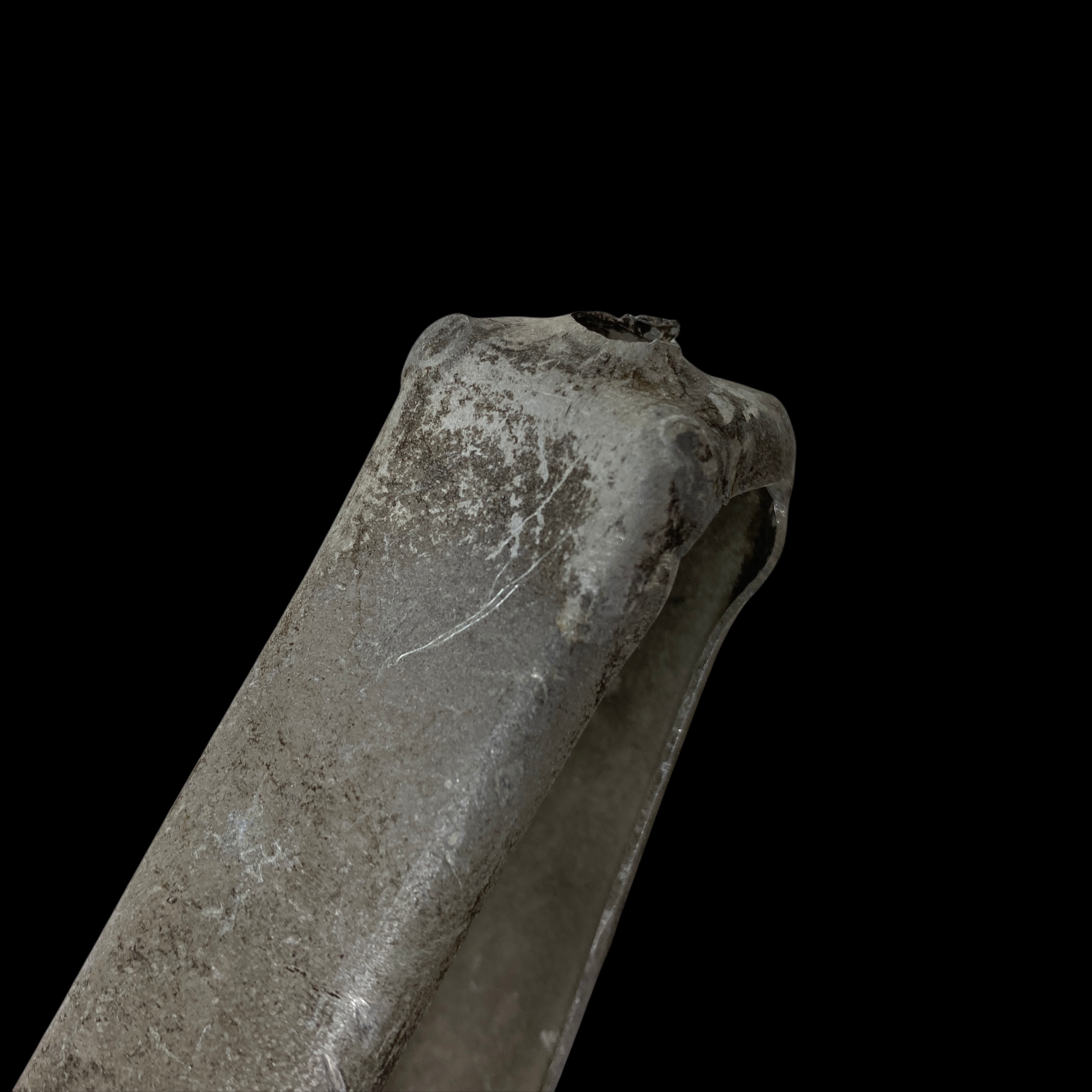
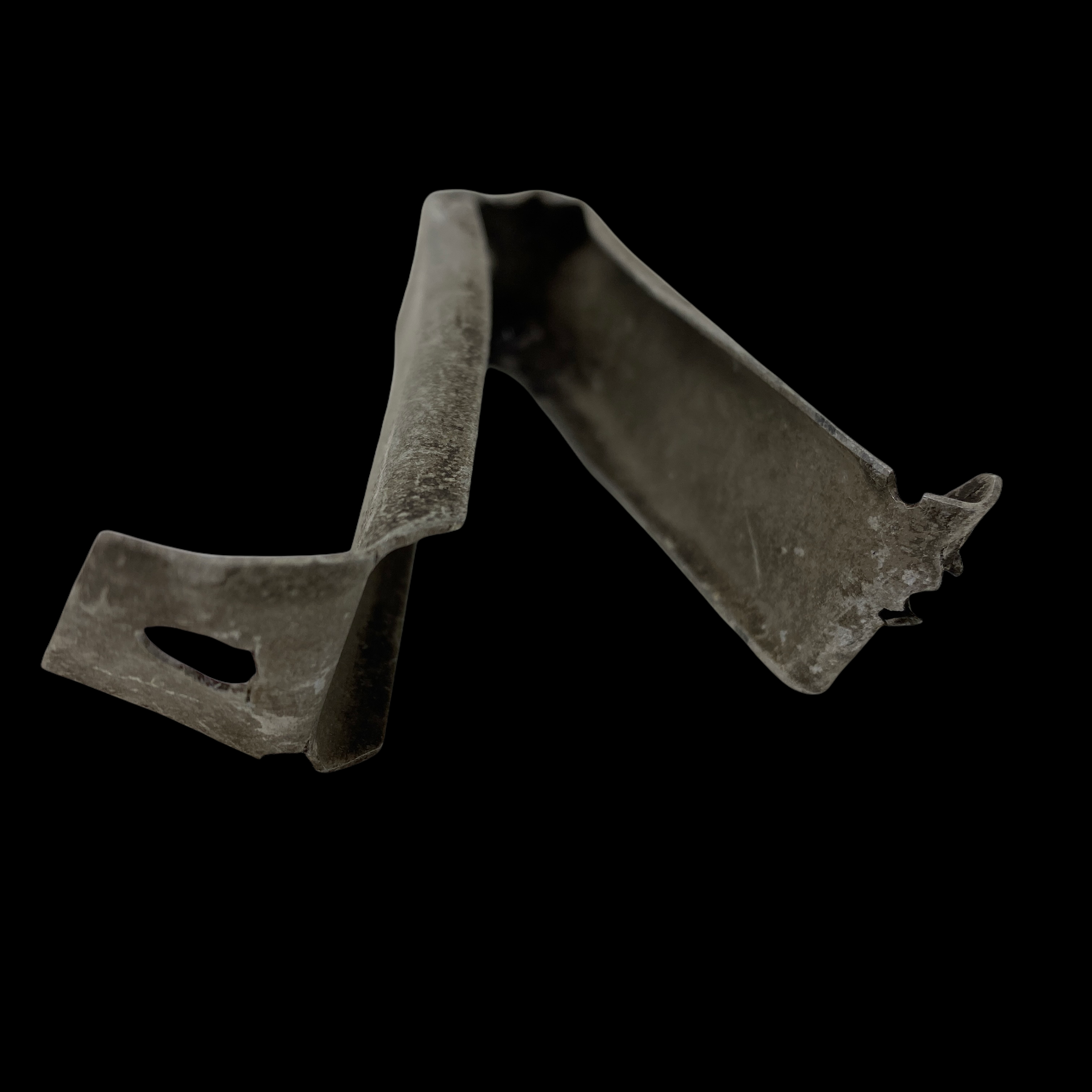

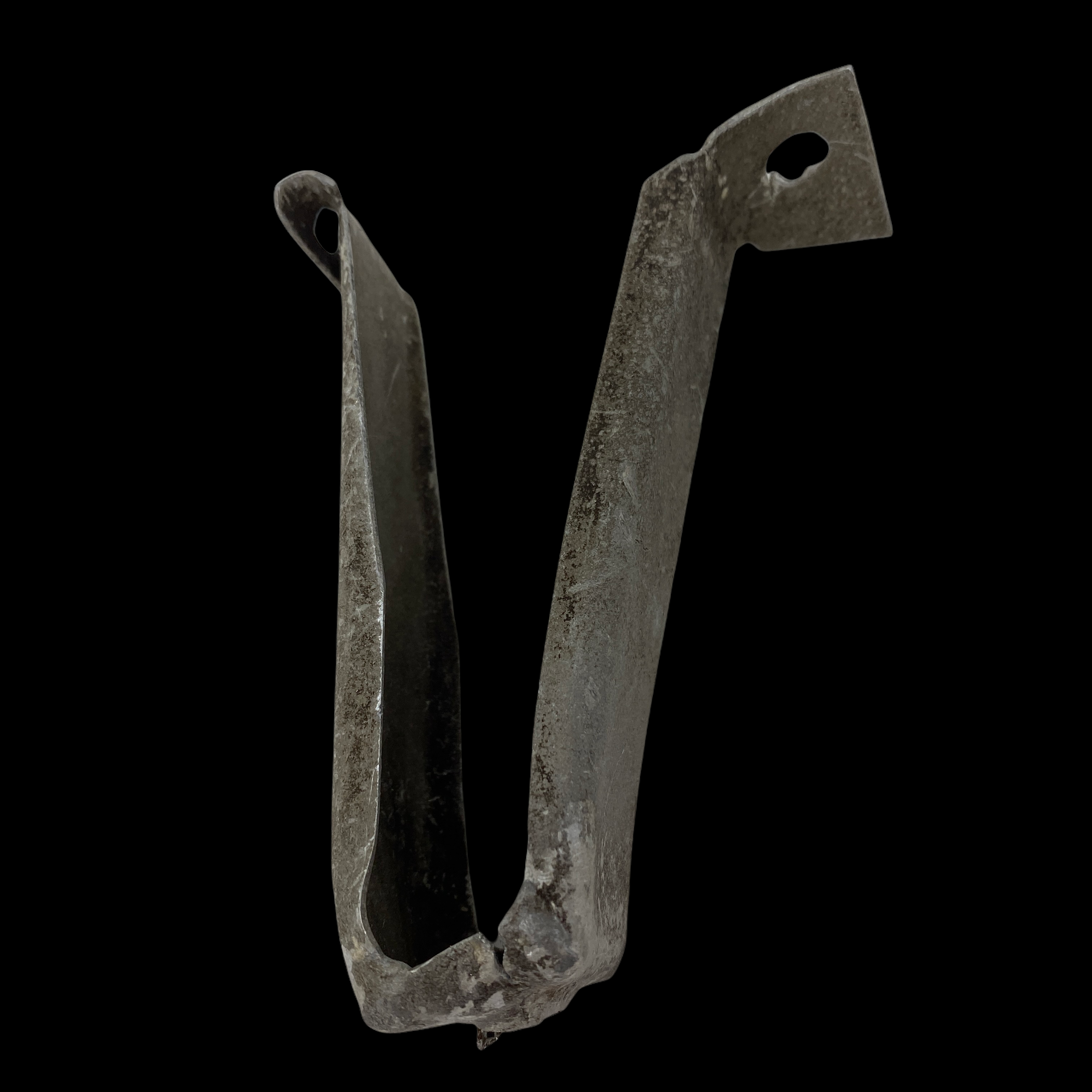
WWII Luftwaffe German Ju-52 Aircraft Wreckage Fragment 2 KIA (Shot Down 2-22-44)
Comes with C.O.A.
This incredible piece of WWII history is a Luftwaffe aircraft wreckage fragment that was recovered from a German Ju-52 transport aircraft (MSN: 640165) that was shot down on Tuesday, February 22nd, 1944 while on a combat mission on the Eastern Front (near Nikolajev) killing at least two Germans onboard. While it is unclear if this German Ju-52 aircraft was shot down by a pursuing enemy aircraft or ground fire this Ju-52 was documented as damaged beyond repair while en route to its destination.
Lightly armed, and with a top speed of only 265 km/h (165 mph) — half that of a contemporary Hurricane — the Ju 52 was very vulnerable to fighter attack, and an escort was always necessary when flying in a combat zone. Many Ju 52's were shot down by antiaircraft guns and fighters while transporting supplies, most notably during the desperate attempt to resupply the trapped German Sixth Army during the final stages of the Battle of Stalingrad in the winter of 1942–1943.
From 24 November 1942 to 31 January 1943, 488 aircraft were recorded as lost (this number included 266 Ju 52, 165 He 111, 42 Ju 86, 9 Fw 200, 5 He 177 and 1 Ju 290) and about 1,000 flight personnel.
WWII Ju-52 History:
The Ju 52 was obsolete as a bomber by 1939, but because of its durability, simplicity of design and handling characteristics, it continued to serve throughout World War II as a versatile workhorse of the German transport fleet. For a period, Adolf Hitler used a Ju 52 as his private transport. Ju 52s delivered the attacking forces and their supplies during the German invasion of Norway, Denmark, France and the Low Countries in 1940. Almost 500 Ju 52s participated in the historic airborne assault on the island of Crete in May 1941, and Junkers later supplied Rommel's armored forces in North Africa.
The Ju 52 transport aircraft participated in the attack on the Netherlands on 10 May 1940. It was during this campaign that the Ju 52 performed a crucial role in carrying out the first large-scale air attack with paratroops in history during the Battle for The Hague. According to Smith, 500 Ju 52s had been made ready for the aerial assault on the Low Countries. In addition to the paratroop drops, they also directly landed in hostile territory to deploy assault troops, such as at Ypenburg Airport, on public highways around The Hague, and on the River Meuse (the latter using float-equipped aircraft).
The next major use of the Ju 52 was in the Balkans campaign. The type has been credited with enabling the rapid deployment of German ground forces throughout the theatre. However, the Ju 52 was perhaps most famously deployed during the Battle of Crete in late May 1941. 493 Ju 52/3m aircraft were used to transport much of the 22,750 troops flown onto Crete for the Luftwaffe's largest airborne invasion of the war. While victorious, 170 aircraft were lost along with 4,500 personnel; the high loss rate brought about the end of German paratroop operations.
During the North African campaign, the Ju 52 was the mainstay reinforcement and resupply transport for the Germans, starting with 20 to 50 flights a day to Tunisia from Sicily in November 1942, building to 150 landings a day in early April as the Axis situation became more desperate. The Allied air forces developed a counter-air operation over a two-month period and implemented Operation Flax on 5 April 1943, destroying 11 Ju 52s in the air near Cap Bon and many more during bombing attacks on its Sicilian airfields, leaving only 29 flyable. That began two catastrophic weeks in which more than 140 aircraft were lost in air interceptions, culminating on 18 April with the "Palm Sunday Massacre" in which 24 Ju 52s were shot down, and another 35 staggered back to Sicily and crash-landed.